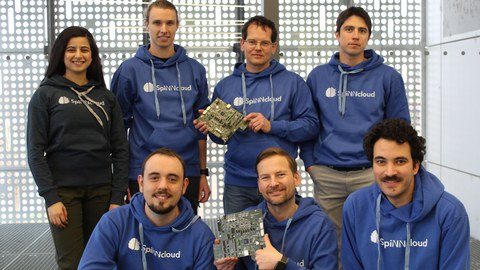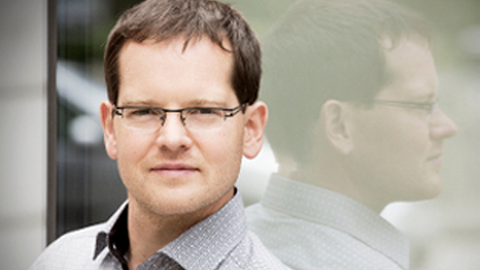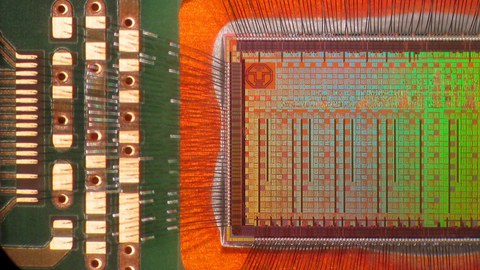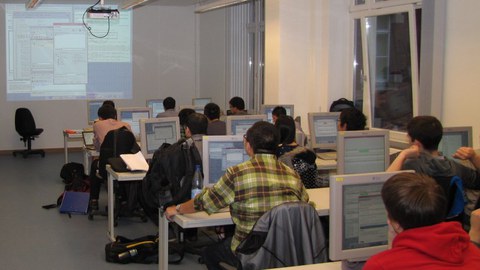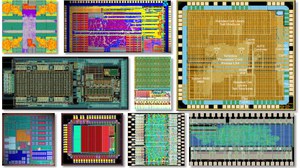 © HPSN
© HPSN
Chair of Highly-Parallel VLSI Systems and Neuro-Microelectronics
The Chair of Highly-Parallel VLSI Systems and Neuro-Microelectronics
was founded in 1996. It was an endowed chair, sponsored by the Siemens Corporation
and the Stifterverband (Stifterverband für die Deutsche Wissenschaft e.V.).
Chair holder from 1996 to 2015 was Prof. René Schüffny.
Todays head is Prof. Christain Mayr since 2015.
The main scientific area is the integrated circuit design of Systems-on-Chip (SoC)
with digital and mixed-signal building blocks. Currently leading-edge
CMOS-Technologies (down to 22nm) are in use.
The main topics are:
- multi-processor systems-on-chip (MPSoC)
- analog-to-digital converter
- low-power highly integrated voltage converter and voltage supply circuits
as well as other mixed signal building blocks for SoCs.
Scientific applications with integrated circuits, developed on the chair, are
neuromorphic systems (e.g. partially modelling of human brain functionality),
neural tissue implants and new MPSoC applications for industrial purposes
(IoT, smartphones, automotive applications, Industrie 4.0)
The teaching activities of the Chair of Highly-Parallel VLSI Systems and
Neuro-Microelectronics contain four modules and one advanced seminar for students
in the 9th semester. The lessons are suitable for the diploma degree programmes
Electrical Engineering and Information System Technology and still for the
master´s programme Nanoelectronic Systems.
The courses of the Chair of Highly-Parallel VLSI Systems and Neuro-
Microelectronics cover the whole field from analog/ mixed-signal circuit design
(lesson 1, module "Neuromorphic VLSI-Systems"), continuing with digital circuit
design (modules "Circuit and System Design", "VLSI Processor Design") till to
neural tissue implants and circuit designs, inspired by biology (lesson 2,
module "Neuromorphic VLSI-Systems").


